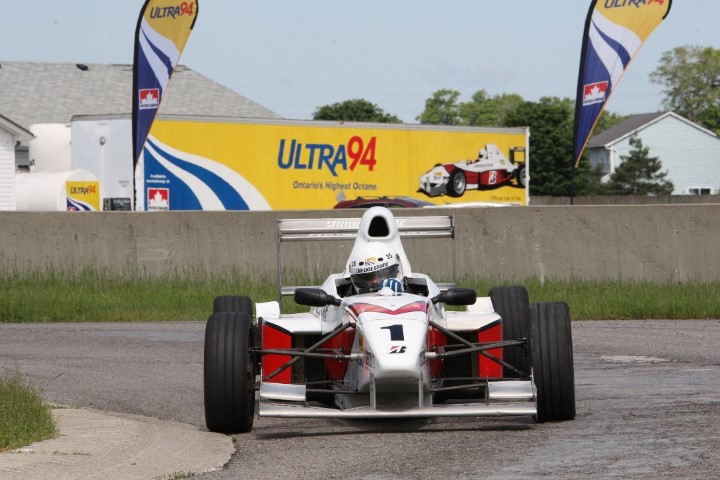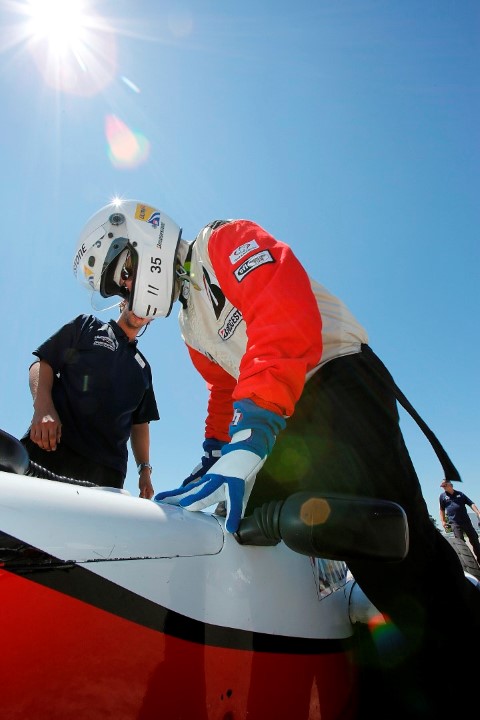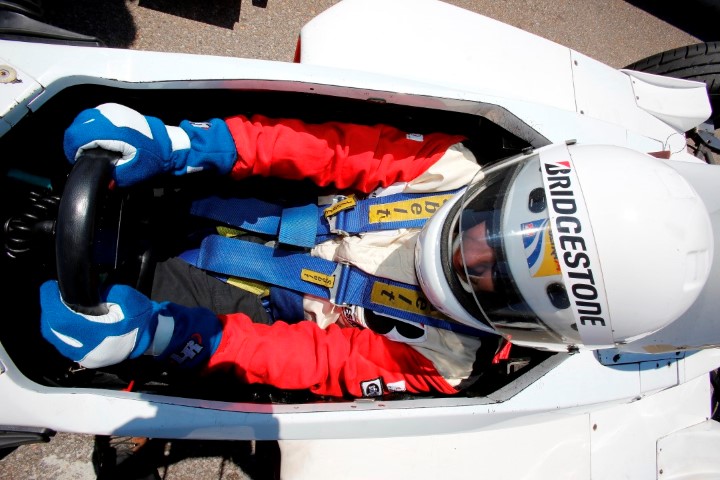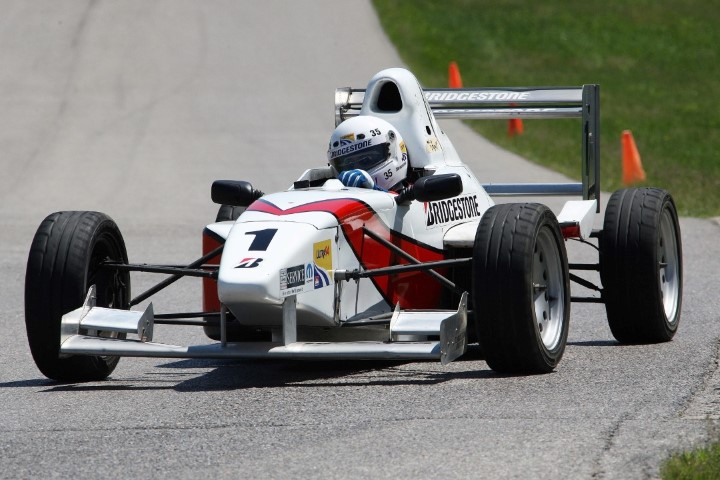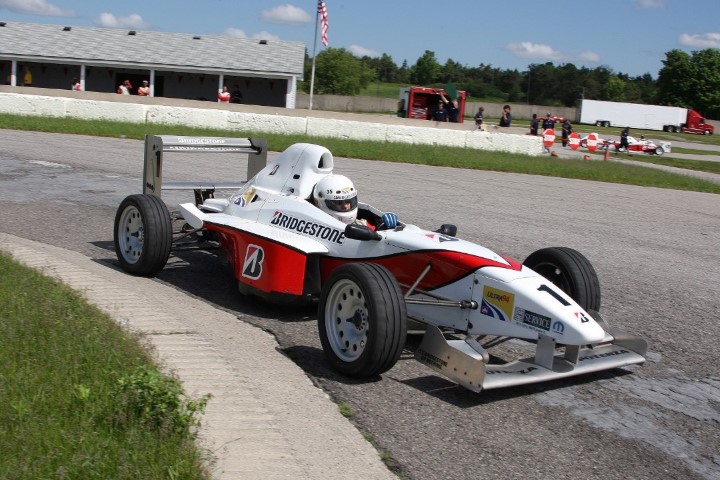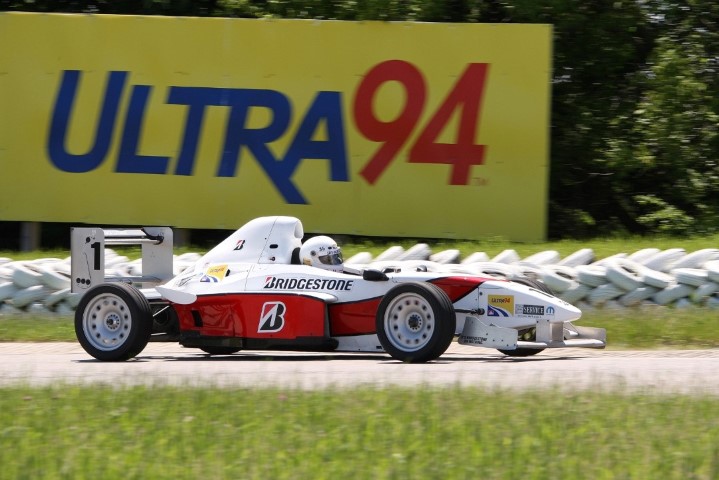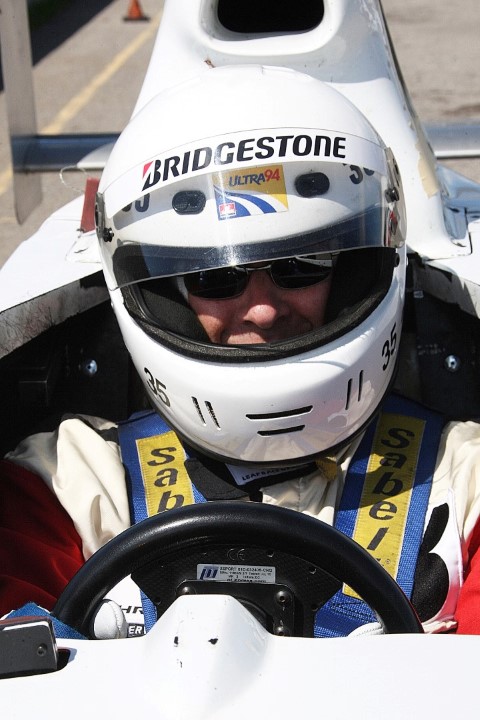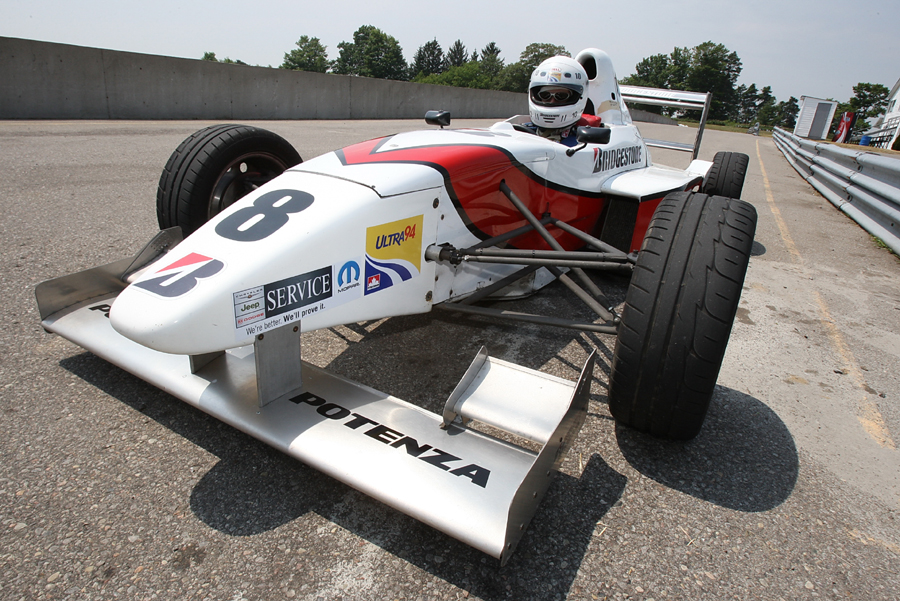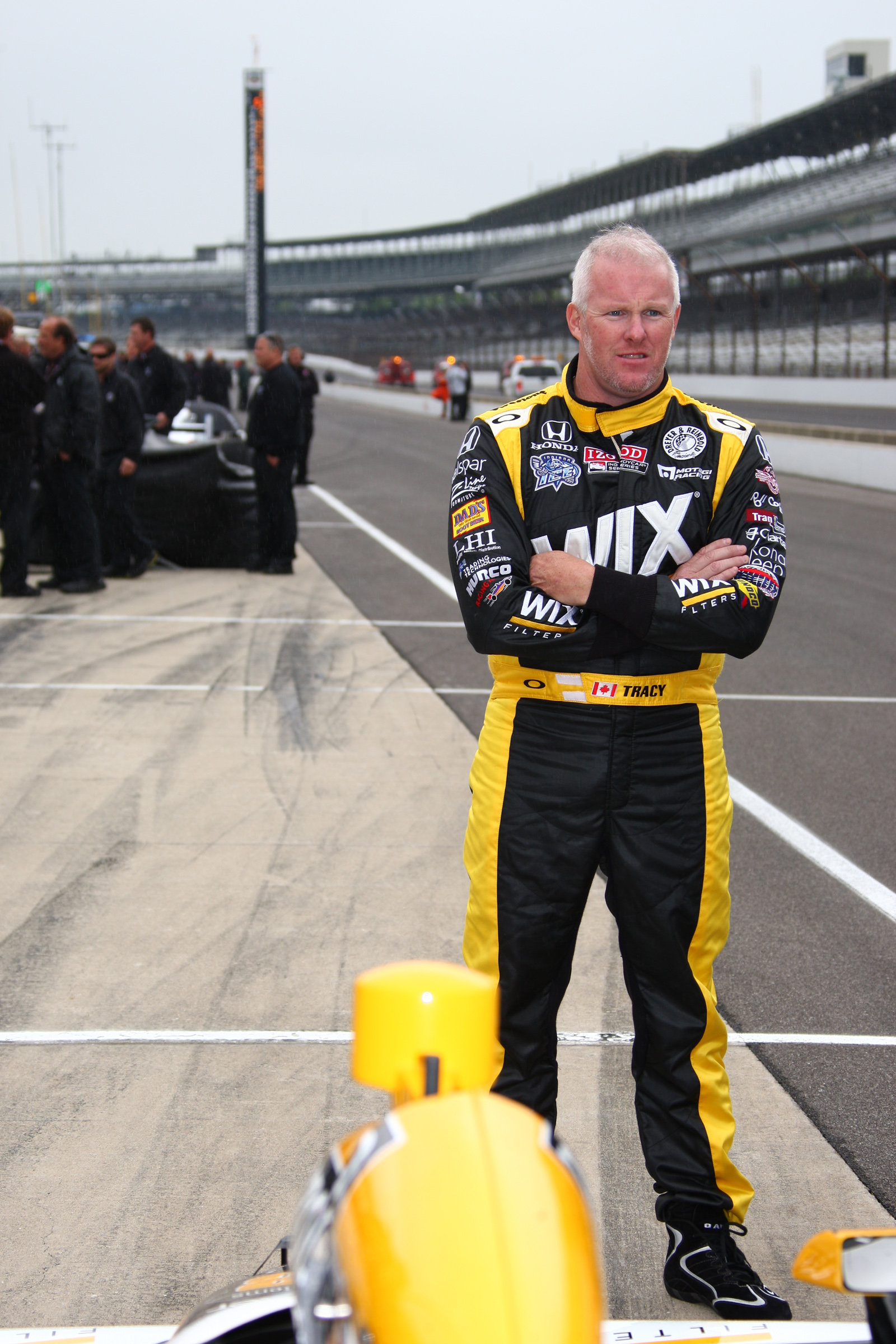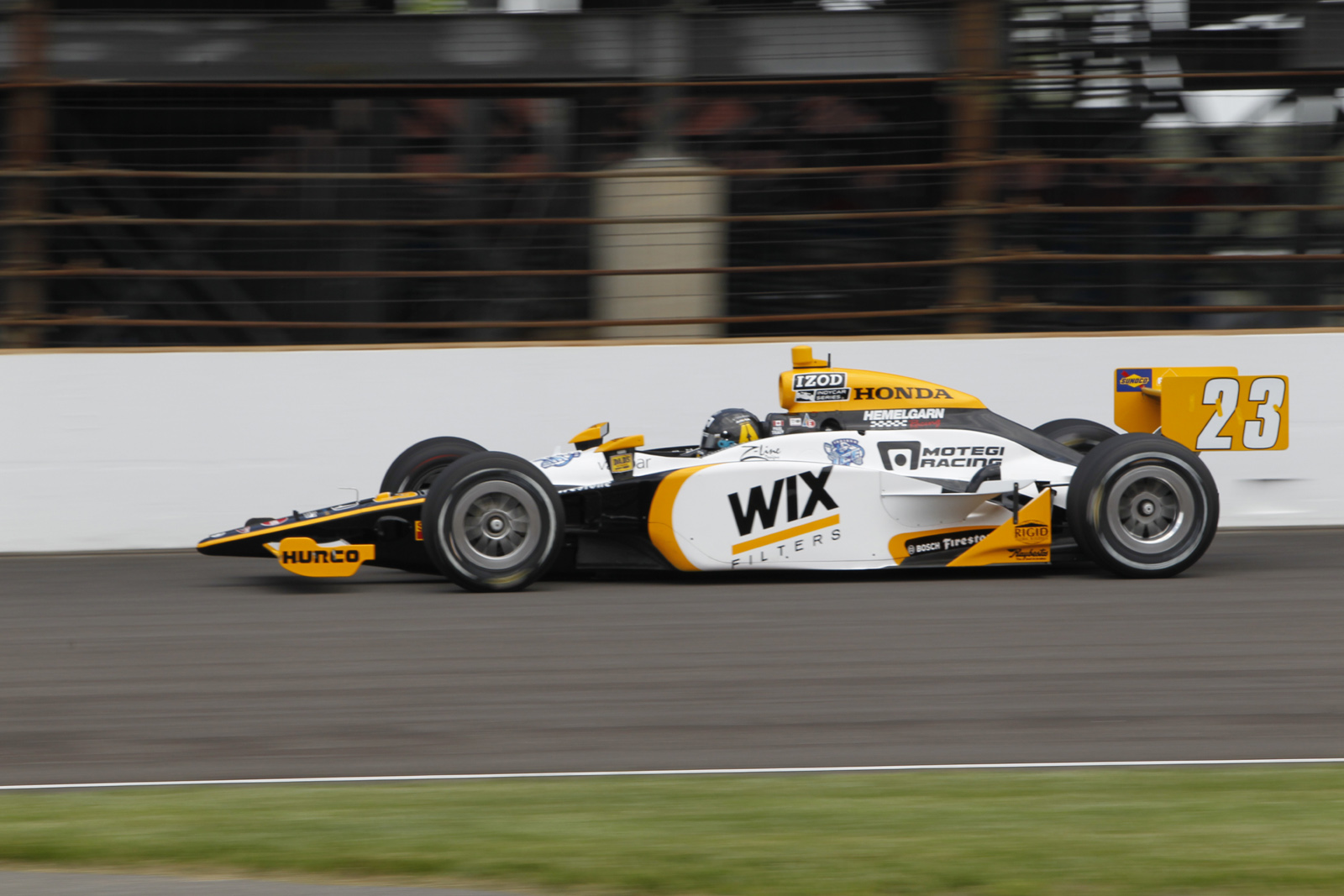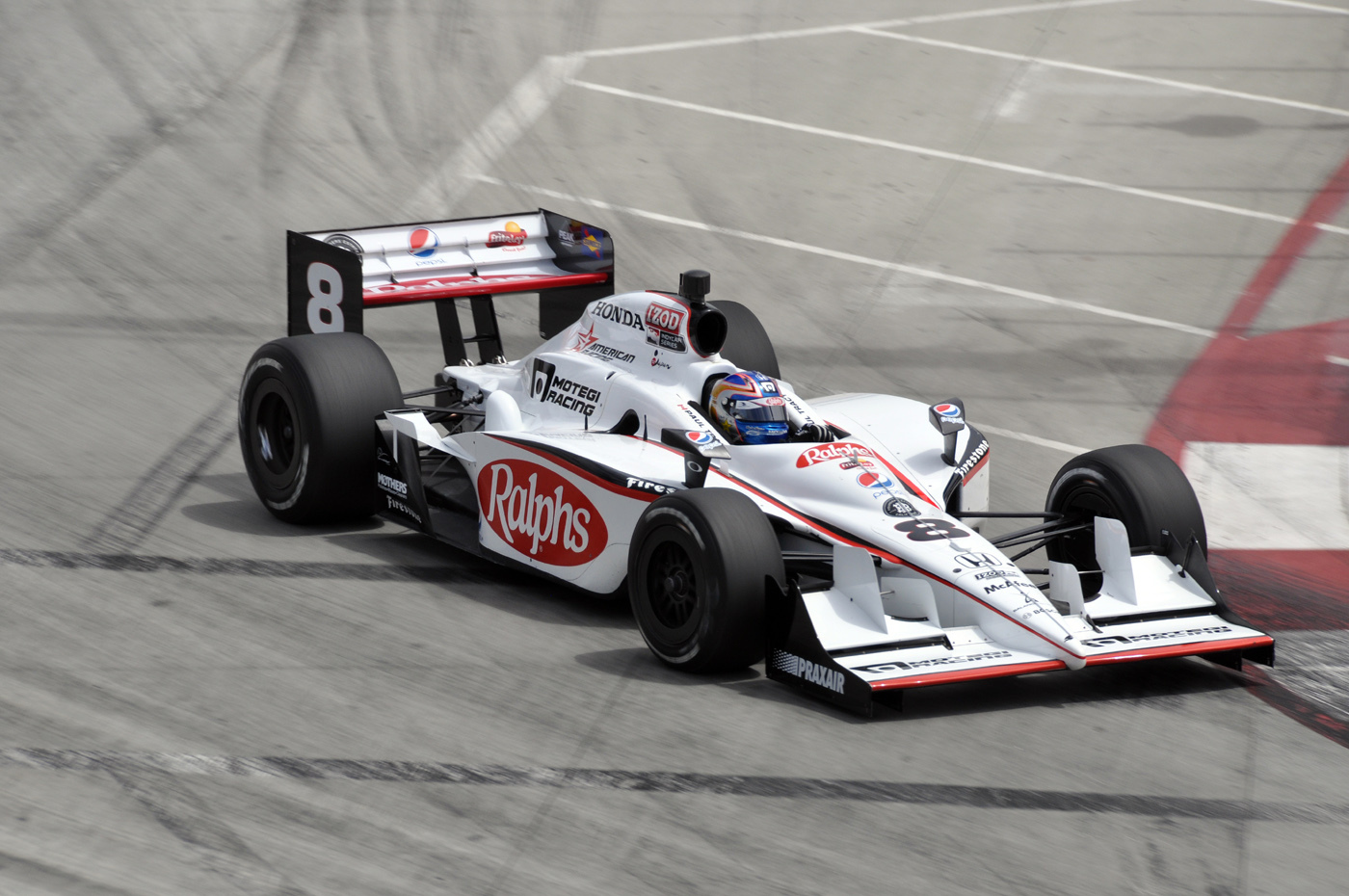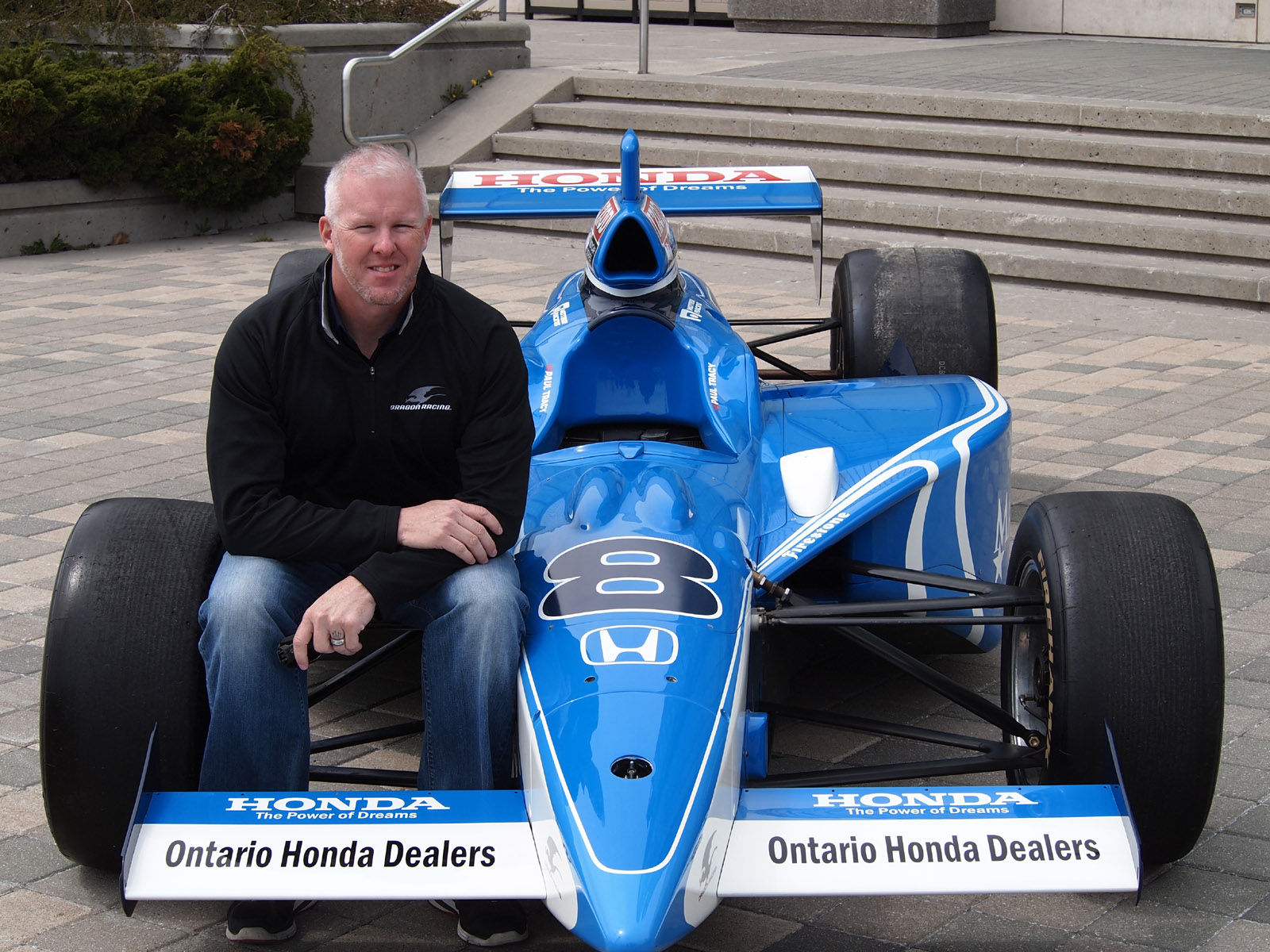Indy 500: 'A Cinderella story' - Wheldon
INDIANAPOLIS - Dan Wheldon was in tears as he took the chequered flag at the end of the centennial Indianapolis 500, saying it was a fairy tale come true: "This is a Cinderella story!"
No one doubted Dan Wheldon's driving talent and abilities coming into the 2011 Indianapolis 500: two consecutive second-place finishes here in the last two years proved that well enough.
But coming here in a one-off deal with a start-up team, having failed to find a regular IndyCar season seat for the year, meant that Dan Wheldon never featured in anyone's list of "drivers who might actually pull this off", not when faced with the Ganassi and Penske juggernauts - even when the team performed impressively on pole day and qualified for the race on the second row of the grid in sixth place.
"On paper, based on our previous effort, anything, on paper we really had no business believing we could win it," admitted Bryan Herta, the team owner behind Dan Wheldon's Indy 500 campaign. "But Dan believed in us so strongly he made us believe it, too. I really think over the course of this last two weeks, he made the crew guys believe it, he made a lot of people on the outside believe it ... It's really his spirit that came across the whole team and made us believe we had a chance to win this thing."
"Bryan has been a teammate and a good friend for a long time gave me a fantastic opportunity to win this race," said Wheldon, beaming from ear to ear. "I just knew when I started this race that I wanted to do everything in my power to deliver a win for not just myself, I didn't feel we had anything to prove, but for such a great group of people."
It wouldn't be right to say that Wheldon simply won because others' pit stop strategies backfired - the Bryan Herta Autosport William Rast #98 was always circulating right up there in the top six from the very start, and wouldn't budge even as others (such as polesitter Alex Tagliani) started to falter over the gruelling 500 mile, three hour race.
But certainly it was Ganassi's strange decision to put race leader Dario Franchitti on a daring long-distance fuel conservation strategy and to short-fill Scott Dixon that opened a door of opportunity to Herta's leading driver.
"There were several different strategies being played out there," said Herta. "We were on the strategy of Dario had been going longer than us on the pits all day long. When we saw him coming in, it kind of made up our mind to stay out because we knew we couldn't beat him on fuel mileage. We had to try something different.
"So when these strategies were playing out, I wasn't sure how it was going to work out. But we knew we wanted to give this guy enough fuel to race to the end, just keep it flat. We didn't want to save fuel, we wanted to go race those guys."
Wheldon was fully on board with that. "On the radio with 20 to go, they said: 'Listen, this is the deal. Some people are going to try to make it on fuel. You're one of the guys that can make it to the end. But you've got to go and you have to make sure you get everything out of the car that you possibly can,'" he explained. "I didn't have a problem. I was able to catch traffic perfectly without having to lift. They said that there was one person [JR Hildebrand] that potentially could make it, I believe. So that made me even more hungry. I started pressing the overtake ...
"On that last lap I was trying to deal with bears between turns 3 and 4. In the corner of my eye, I saw him hit the fence. I just carried on by. As Bryan says, you have to make it to the bricks with a car that can go forward with all four wheels. At that point, I knew it was mine.
"When I saw him crash, I mean, I knew it wasn't serious. As soon as I knew it was not serious, there was a little smile on my face, I will say," he admitted. "From that point, it was just making sure that I didn't do anything silly. Then I think I got on the radio and started crying ... I'm not normally that emotional!"
With Ganassi running dry and Penske strangely never a factor in the race at all, Hildebrand's exit from the race in those last few yards cleared the final hurdle for one of the sport's all-time classic "David versus Goliath" victories.
"With a Cinderella story we took on the might of Roger Penske's organisation and Chip Ganassi. We've had a very, very quick car all month. I don't think I saw a Penske in front of me all of the race. So that's a testament to [our] team," he said. "It's tough to beat these big teams. This is a Cinderella story."
Bryan Herta was at pains to point out just how much this Cinderella story relied on the partnership he and his team had forged with Sam Schmidt Motorsports, who despite being in the full time IndyCar series for the first time themselves this year nonetheless bring a huge amount of experience from previous Indy 500 efforts and from their dominant IndyLights operation. Their lead driver was polesitter Tagliani, who crashed three-quarters of the way through the race after the car lost its handling.
"I would be remiss if I didn't also mention the technical partnership we had with Sam Schmidt Motorsports," said Herta. "They welcomed us. Something that could have been viewed as a distraction by them, they saw that this is a benefit and we can really work together. They were very, very open with us in everything. Alex Tagliani, Townsend Bell, Dan - they worked as teammates all month long. I think that absolutely made a difference to our program. We really have a big, big thank you to them, as well."
Asked how he felt about his win, Wheldon understandably struggled to put it into words. "Just extremely happy. I mean, this is obviously a very, very special racetrack to me. I love this racetrack. I love how the fans energize the Speedway. To think that I'm a two-time winner ...
"I'm talking a lot, but just very, very emotional," he said at last. "It was emotional for me, as well, to win for my wife and my family.
"I think my contract expires at midnight tonight!" he said, beaming - as big as hint as could be that here was a newly crowned Indy 500 champion looking for a good offer to come back to racing full time as he could give short of taking out a billboard advertisment. "I'm sure I'll be back to changing diapers by tomorrow. My wife might let me off tomorrow morning, but tomorrow afternoon...
"People shouldn't forget what a great job my wife has done," Wheldon continued. "There's times where you do doubt yourself a little bit. Through all of this, she's been incredibly supportive, and she understands that this is all I've ever done. Racing is all I've ever done. She knows that racing creates the personality in me that she loves. So she was desperate to get me back out the house and in a race!"
Wheldon had really believed that something would come together for 2011, right until the moment that it didn't: "It was one of those off-seasons where I did believe that I was going to get a full-time ride. I had that confidence. But, you know, come the end of January, things hadn't panned out as I expected."
It was talking about some of those options that fell through with his friend Herta - the two of them had been the thick-as-thieves "Four Musketeers" with Franchitti and Tony Kanaan in their days at Andretti - that led to wheels turning, and Herta approaching him with the idea of teaming up for an Indianapolis 500 campaign come May.
"When he said that he would give me a fast race car, I never doubted that. We pretty much wrapped a contract up soon after the conversation and started working on this program with him ... They're a great group of people. It's not really like a partial program; it's like a full-time program with just one race because of the talent within the team. That shouldn't be underestimated by anybody."
Looking forward and with his contract now expired, as far as two-time Indy 500 winner is concerned it's clear that a return to competitive full-time racing is the only "happy ever after" he's interested in from this May fairytale.
But in the meantime, that second Borg-Warner Trophy will do very, very nicely indeed.
This story was courtesy of www.crash.net
- 0
- Published in Auto Racing
- Written by The Driver


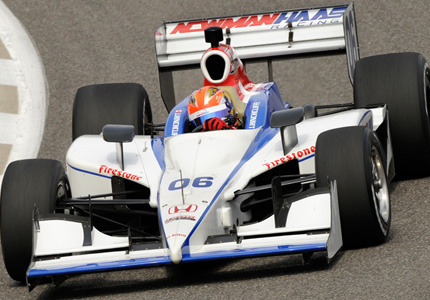
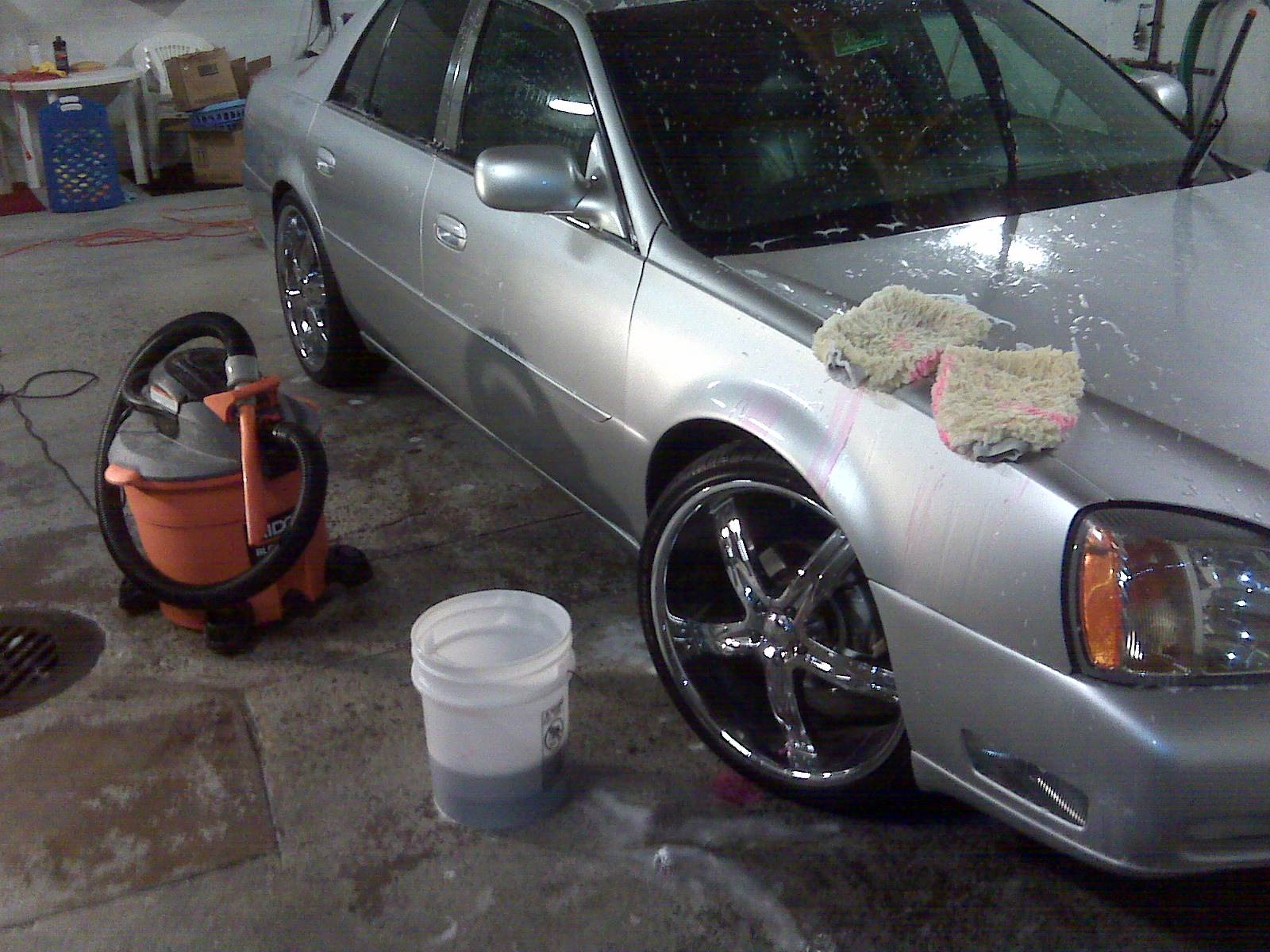 Canadian winters can take a toll on vehicles, but a little care and effort where it counts can reduce the collateral damage.
Canadian winters can take a toll on vehicles, but a little care and effort where it counts can reduce the collateral damage.